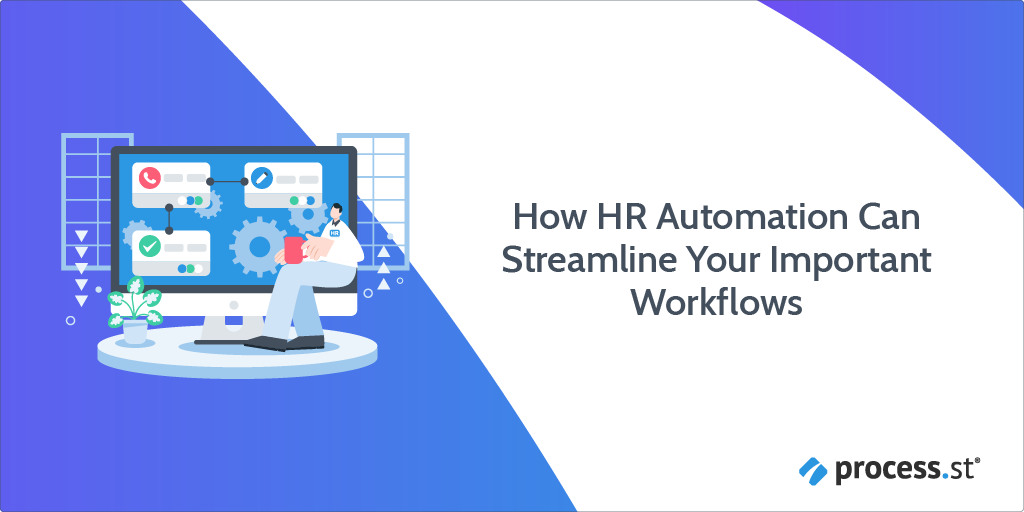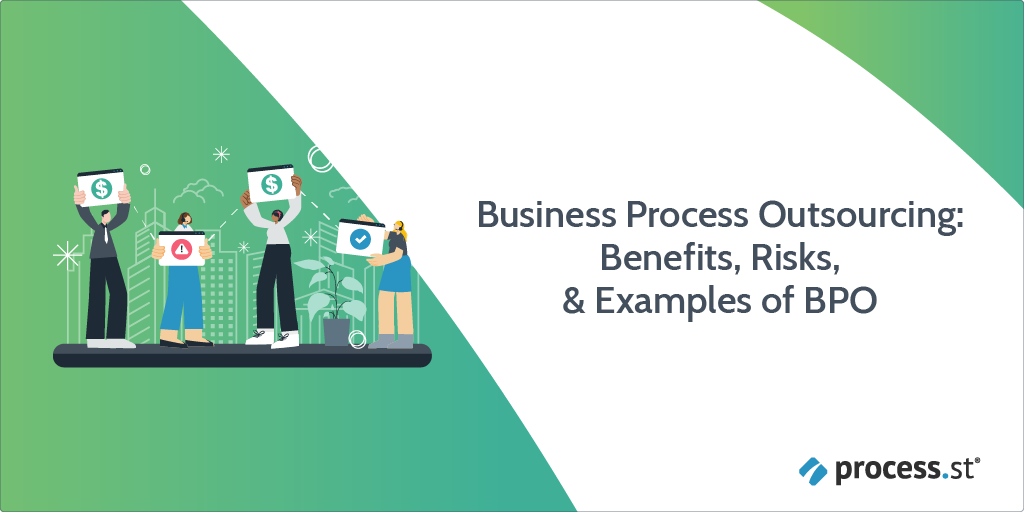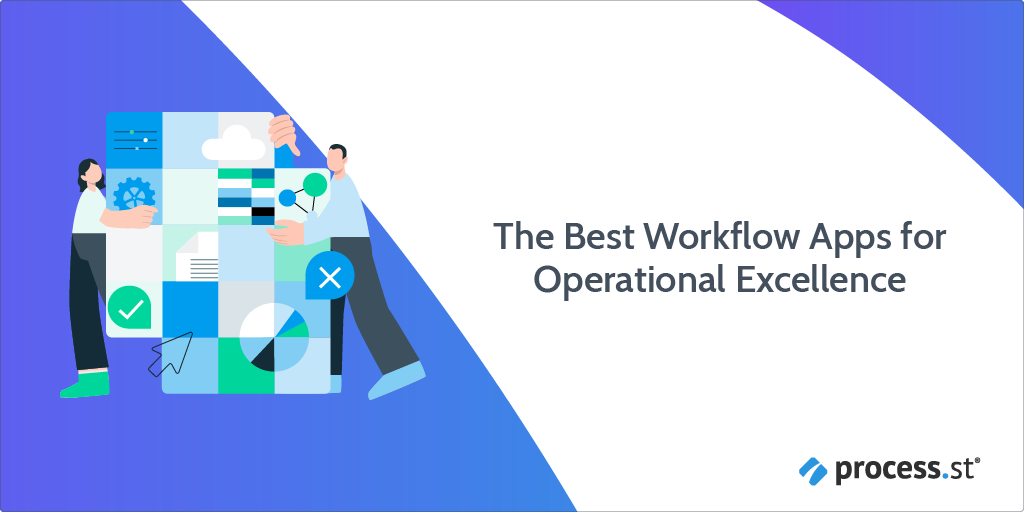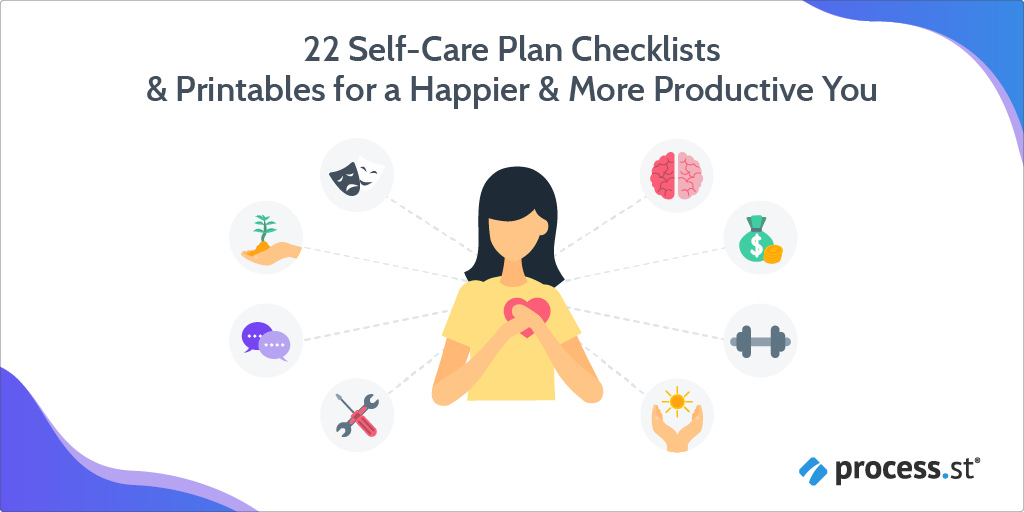
When you’re building a business, a team, or any kind of system, you need ways to understand how well you’re doing. That means finding the maturity model that matches the state of your business.
You want to be able to look at your performance and set base standards that have to be met and be able to contrast those standards with an understanding of what best practice looks like.
You want to understand where on that scale of performance you are at.
It’s why we use things like KPIs, OKRs, or other goal/objective-driven metrics.
But those metrics, as useful as they are for some things, are often hard to apply to qualitative data.
This is where maturity models can become an incredibly useful tool.
One model we’ll discuss here is the Capability Maturity Model, and the CMMI Institute alone appears to have about +8500 accredited users of this model (interestingly, in 2018 ~80% were pairing it with agile methodologies).
The problem, though, is that maturity models are often shrouded in complex terminology and overly-convoluted systems. How am I supposed to implement one in my business if people can’t understand it?
In this Process Street article, we’ll tear through the jargon and look at:
- What is a maturity model?
- What are the current limitations of business process maturity models?
- Which are the best business process maturity models?
- What is a Capability Maturity Model (CMM)?
- What is the Agile ISO Maturity Model (AIMM)?
- How does Process Street fit into your maturity model?







 Workflows
Workflows Forms
Forms Data Sets
Data Sets Pages
Pages Process AI
Process AI Automations
Automations Analytics
Analytics Apps
Apps Integrations
Integrations
 Property management
Property management
 Human resources
Human resources
 Customer management
Customer management
 Information technology
Information technology



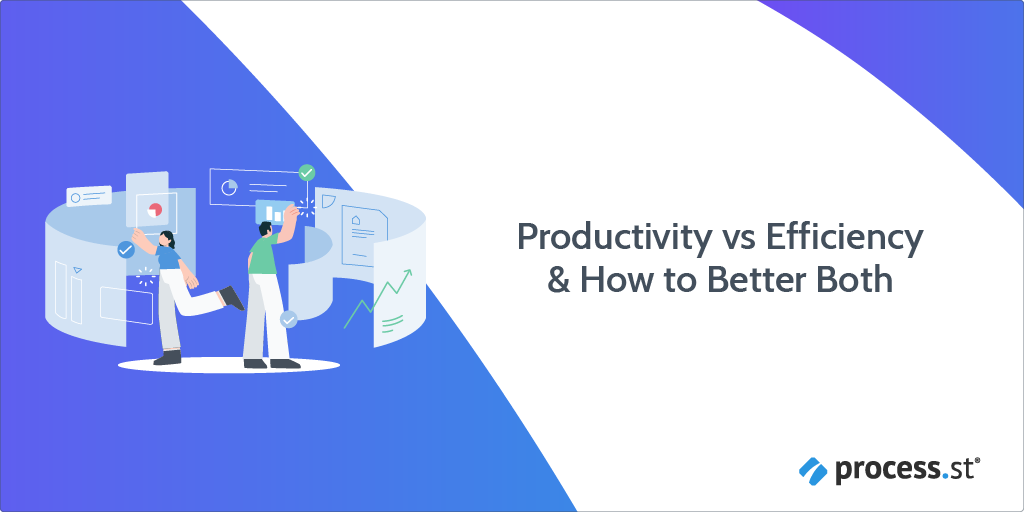
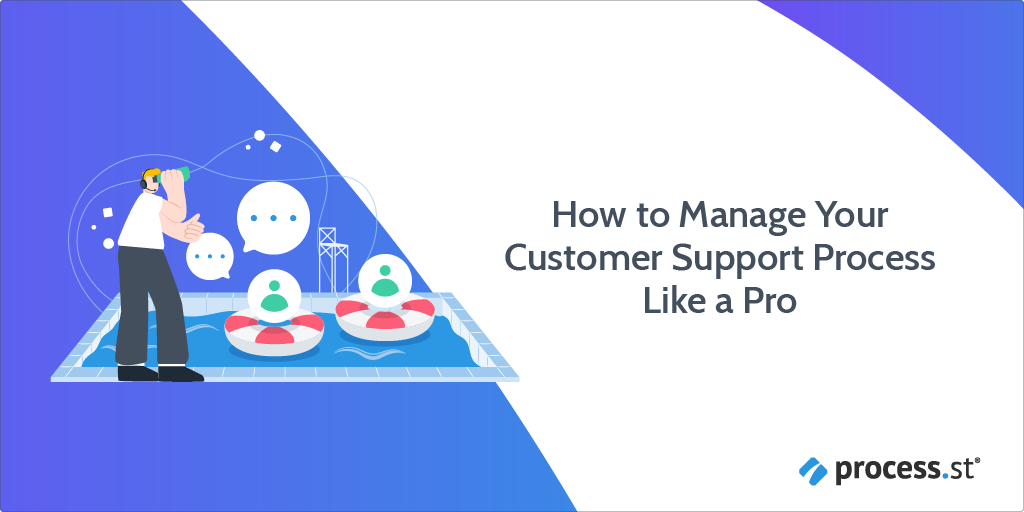
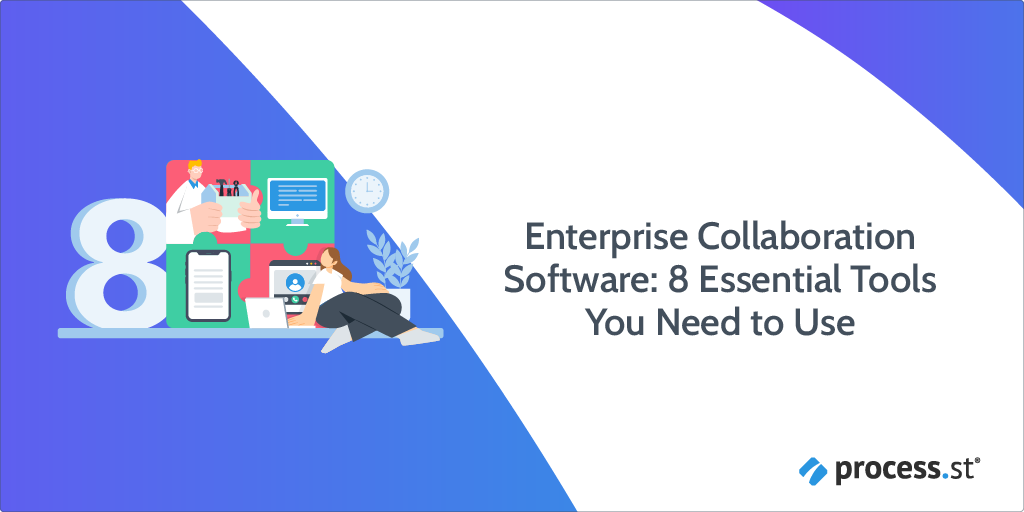
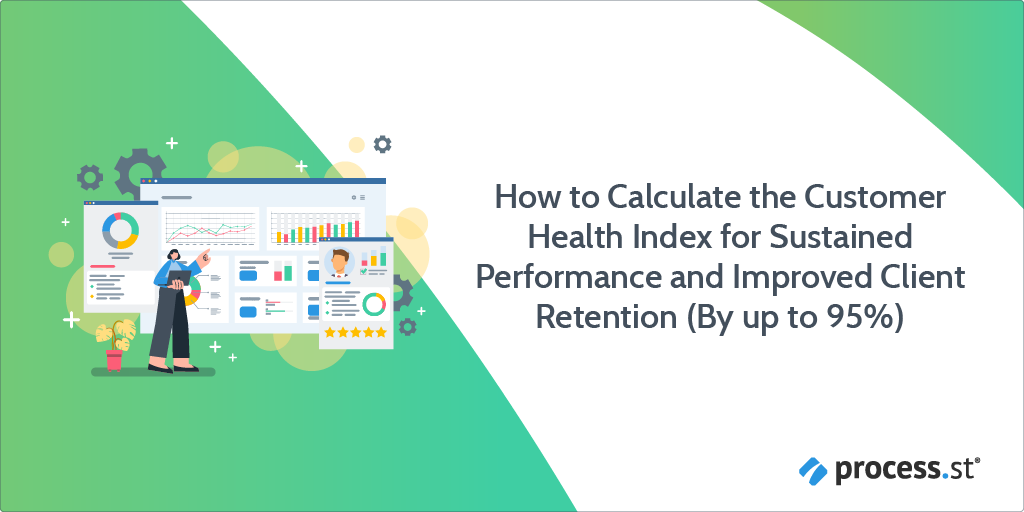 Customer health index is a crucial metric to look at.
Customer health index is a crucial metric to look at. 